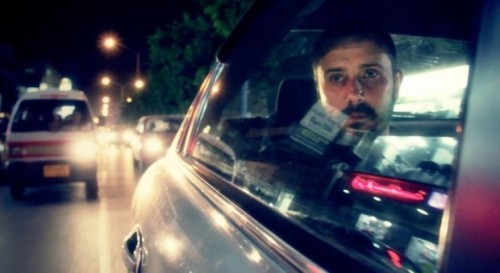 “RODENTS OF UNUSUAL SIZE” My rating: B- (Now available from Amazon Prime Video)
“RODENTS OF UNUSUAL SIZE” My rating: B- (Now available from Amazon Prime Video)
71 minutes | No MPAA rating
The 20-pound, orange-fanged nutria is a South American rodent imported to Louisiana during the Great Depression as an alternative to mink farming.
But the furiously reproductive (four litters a year) creatures escaped captivity and made a new home in the swamps and bayous, which they are rapidly destroying with their voracious appetites. The greenery-scarfing nutria have ravaged the natural landscape, bringing on increased flooding; already humans are abandoning towns and farms in low-lying areas because the vegetation that once held back the waters has vanished down the nutrias’ gullets.
This ecological disaster is the subject of “Rodents of Unusual Size” (the tongue-in-cheek title is a line from “The Princess Bride”), a kitchen-sink documentary that finds equal parts humor and horror in the situation.
Directed by Chris Metzler (whose docs about California’s inland Salton Sea and the funk band Fishbone were hits at past Kansas City Film Festivals), Quinn Costello and Jeff Springer, “Rodents…” covers the nutria phenomenon from just about every angle.
We meet bayou denizens whose sole source of income is harvesting nutria and cutting off their ratlike tails to turn in for a $5 bounty. The piled corpses are left to rot.
We encounter fashionistas who have revived the use of nutria fur (apparently the bad juju of wearing the skins of caged animals raised for slaughter doesn’t apply here).
We meet a New Orleans jazz musician who as a sideline cooks up nutria (we’re told it doesn’t taste like chicken).
Actor Wendell Pierce (“Treme”) narrates an animated segment outlining the history of nutria farming.
Though it has a running time of only a bit over an hour, “Rodents…” feels padded. Metzler, Costello and Springer end up repeating themselves to make the film of (barely) feature length; perhaps they would have been better off with a tightly-constructed documentary short.
Nevertheless, there’s enough of interest here to keep us engaged. In the end, it’s a tossup as to whether mankind or rodentkind will emerge victorious.
| Robert W. Butler












